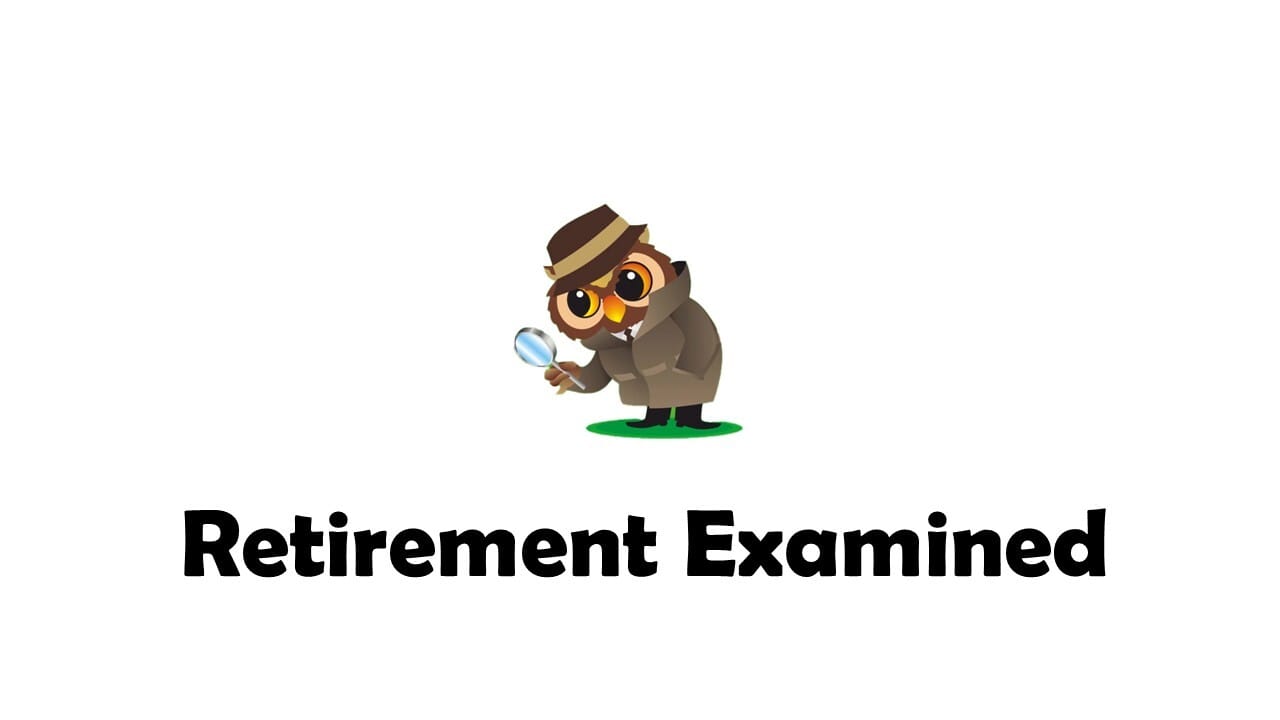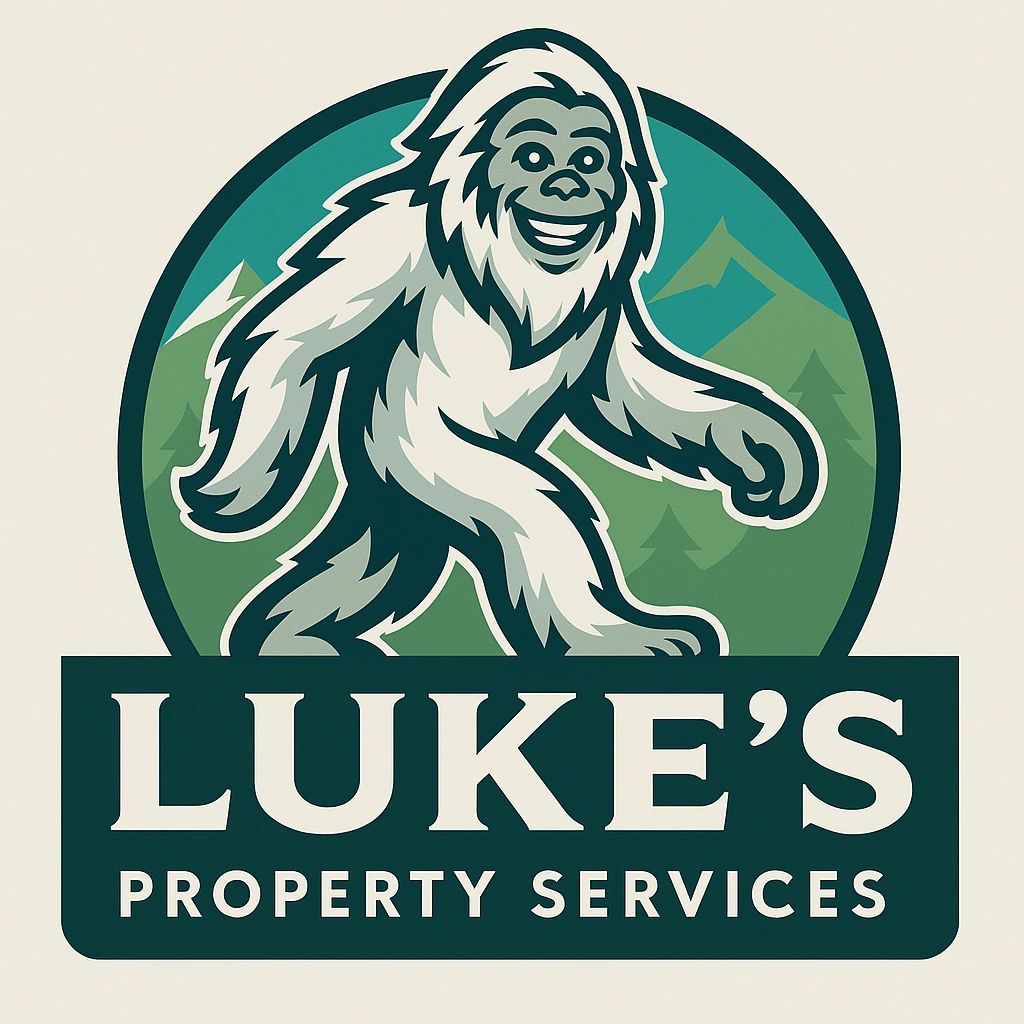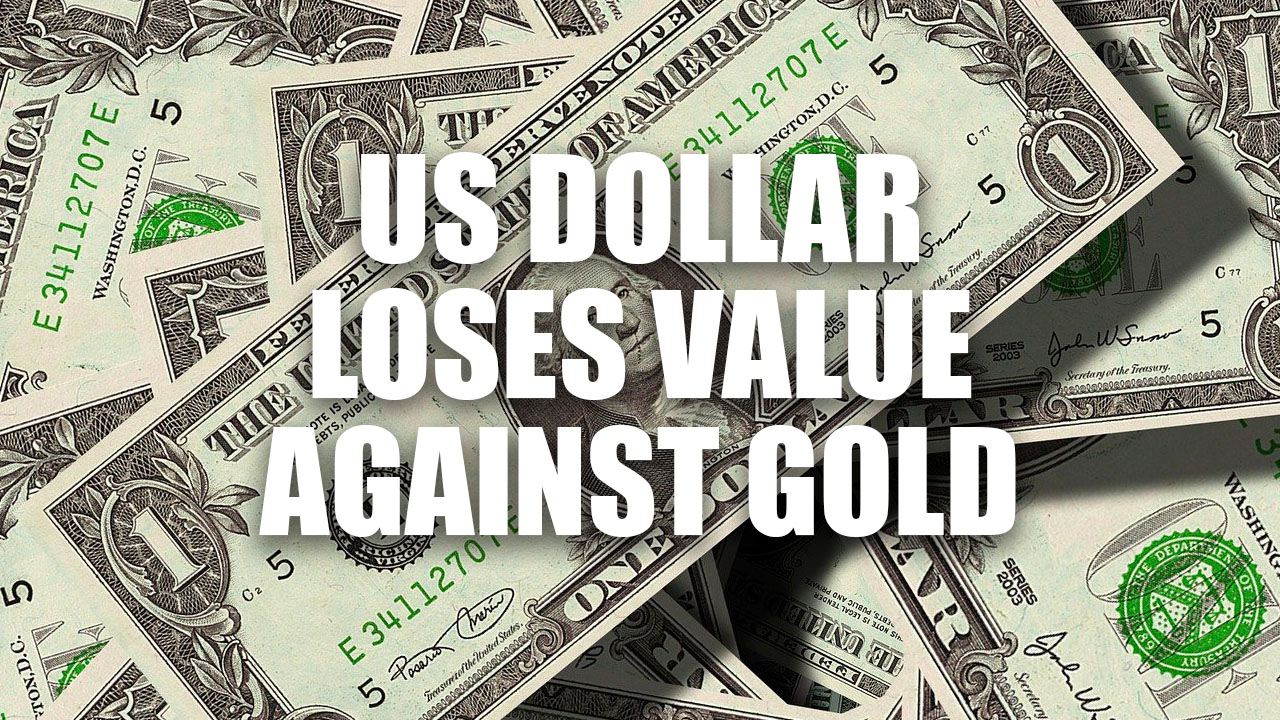- Retirement Examined
- Posts
- Retirement Examined
Retirement Examined
5-Minutes of Breakthrough Secrets: Happy, Fulfilling Retirement

The weekly email that keeps you up to date on exciting Retirement topics in an enjoyable, entertaining way for free.
The One Big Beautiful Bill: A Monumental Shift in American Economic Policy
by Eric Seyboldt, MBA

In a narrow 215-214 vote, the U.S. House of Representatives passed the "One Big Beautiful Bill Act," a sweeping tax reform package championed by President Donald Trump. This legislation aims to extend and expand upon the 2017 Tax Cuts and Jobs Act (TCJA), introducing significant changes to the U.S. tax code and federal spending priorities.
Key Provisions and Economic Implications: Real Americans, Real Impact
The “One Big Beautiful Bill Act” (OBBB) is not simply tax legislation. It is a recalibration of economic gravity, redirecting financial power back into the hands of those who move this nation forward. Its bold reforms extend far beyond the traditional taxpayer. This bill lifts mechanics and mothers, freelancers and farmers, veterans and visionaries—each now writing their own chapter in America’s comeback story.
At its core, the OBBB makes permanent the reduced individual tax rates from the 2017 Tax Cuts and Jobs Act, locking in a top marginal rate of 37% while preserving lower rates for working families. It raises the standard deduction to $16,000 for individuals and $32,000 for joint filers, adjusted annually for inflation, dramatically simplifying the tax code for 94% of Americans.
Consider Kevin and Amanda Chavez, a blue-collar couple in Dayton, Ohio, raising three children on a modest household income. Under the OBBB, they benefit from an expanded, refundable $2,000 Child Tax Credit per child. Combined with the new exemption on overtime pay and their increased standard deduction, they’re projected to save over $3,000 annually. That’s not just tax relief—it’s tuition for their eldest, who starts trade school next fall.
The OBBB extends a revolutionary exemption for tips and overtime pay for all Americans earning under $160,000. For Jasmine Ortega, a waitress in Houston who earns $8,000 a year in tips, this means an extra $1,200 stays in her hands—money she’s now investing in a licensed nursing program.
But the bill does not stop at W-2 workers. It stretches its reach into the fast-growing gig economy. Freelancers, rideshare drivers, and self-employed Americans like Tyler Greene, a 25-year-old Uber driver and part-time graphic designer in Phoenix, are no longer burdened by complicated depreciation schedules or ambiguous write-offs. The bill expands the 20% Qualified Business Income deduction and simplifies expense reporting for gig workers making under $100,000, translating into an average tax savings of $1,700 for Tyler. He now puts away $200 a month into a Roth IRA—his first retirement savings ever.
In the Midwest, fourth-generation farmer Emily Wallace is finally breathing easier. Under the OBBB, the return of full 100% bonus depreciation through 2029 allows her to write off $320,000 in equipment upgrades for her soybean operation in a single tax year. For small farms operating on razor-thin margins, this is not just a deduction—it’s survival. Emily used the savings to hire two additional hands for the harvest season, both local high school graduates.
The bill also pays tribute to America’s defenders. For the first time, it introduces the Veteran Workforce Reentry Credit—a refundable $2,000 credit over two years for honorably discharged veterans returning to full-time work. Christopher Bell, a Marine Corps veteran in Jacksonville, North Carolina, recently secured a civilian construction job. Between the reentry credit and new deductions for required workwear and training, his federal tax savings top $3,000. That money is going toward a down payment on a home.
And for seniors like Margaret Liu, a retired schoolteacher in Sacramento living on a pension and Social Security, the OBBB introduces a $4,000 senior deduction. As a result, her Social Security income is now completely shielded from taxation—for the first time in over a decade.
Finally, the “Trump Savings Accounts” provision offers a one-time, federally matched $1,000 for every child born between 2025 and 2028. These accounts grow tax-free and can be used for education, home purchases, or even retirement. For young families, this isn’t just a savings tool—it’s a down payment on dignity.
From soy fields in Iowa to sidewalks in Brooklyn, from veterans in Carolina to retirees in California, the One Big Beautiful Bill is not just a policy—it’s a promise. It tells every American: your labor matters, your hustle counts, and your government finally sees you.
Fiscal Impact and Economic Growth Projections
The "One Big Beautiful Bill Act" (OBBB) is projected to increase the federal deficit by approximately $3.8 trillion over the next decade, according to the Congressional Budget Office (CBO). However, proponents argue that the bill's tax reforms and spending cuts will stimulate economic growth, generating additional tax revenues that could offset the deficit increase.
The White House Council of Economic Advisers estimates that the OBBB will boost GDP by 4.2% to 5.2% in the short term and 2.9% to 3.5% in the long term. This growth is expected to result from increased investment, job creation, and higher wages. The Tax Foundation projects that the bill will increase long-run GDP by 0.8% and reduce federal tax revenue by $4.1 trillion on a conventional basis, but only $3.2 trillion when accounting for economic growth.
Additionally, the bill includes spending cuts aimed at reducing federal expenditures, such as stricter work requirements for Medicaid and the Supplemental Nutrition Assistance Program (SNAP), projected to save approximately $1 trillion over the next decade. These savings, combined with the anticipated revenue from economic growth, are expected to offset the cost of the legislation, leading to an overall reduction in deficits.
While some self-proclaimed experts and analysts express skepticism about the bill's long-term fiscal impact, the administration maintains that the OBBB's combination of tax reform and spending cuts will stimulate economic growth and, ultimately, reduce the federal deficit.
Reach out to us for a complimentary, 10-minute consultation call. Let's explore strategies to protect your wealth and make your retirement everything you've dreamed of—secure, fulfilling, and worry-free. Schedule a free 10-minute consultation today by calling 614-943-2265. Your future deserves the best plan, and we're here to help make it happen.
Smarter Investing Starts with Smarter News
The Daily Upside helps 1M+ investors cut through the noise with expert insights. Get clear, concise, actually useful financial news. Smarter investing starts in your inbox—subscribe free.

Can Real Estate Rescue Retirement?
by Eric Seyboldt, MBA
Client: Eric, I’m thinking of adding real estate to my portfolio. I’m in my 60s and looking for income and long-term stability. Is it still a smart move this late in the game?
Eric:
It’s not just smart—it may be essential. Retirement portfolios that rely entirely on bonds and dividends are falling short. What you need now is income that adjusts for inflation, grows faster than fixed-income securities, and offers real collateral. That’s real estate. But not the kind that traps you in maintenance and tenant headaches.
This is about strategy. Precision. And structure. You can integrate real estate into your retirement plan without ever owning a rental or stepping inside a fixer-upper. There are several tactical options that give you exposure to property returns without direct landlord risk. Let’s walk through them, one by one.
Client: I’d rather not become a landlord. What are my alternatives?
Eric:
Good, because the best returns often come from outside the landlord model. Here are five pathways that work particularly well for retirees:
REITs (Real Estate Investment Trusts):
These are exchange-traded companies that own or finance income-producing real estate. You get liquidity and exposure, but also market volatility and taxable dividends. They’re a starting point—but they’re not a full solution.Private Real Estate Funds:
These funds invest in residential, commercial, or mixed-use properties. They're typically structured for accredited investors and target higher returns than REITs, often 10% or more annually. You give up liquidity, but you gain access to deals with better control, better underwriting, and often better tax treatment.Turnkey Rental Properties:
These are managed properties in investor-friendly markets. The homes are rehabbed, tenants are placed, and you collect checks while someone else handles logistics. You still face vacancy risk and capital expenditures, but you’re buying a cash-flowing asset with depreciation benefits.Real Estate Syndications:
You join a group of investors in buying larger properties, like multifamily buildings or storage facilities. You’re passive. The general partner runs the deal. You earn distributions, get depreciation write-offs, and benefit from refinancing events. Typically, for accredited investors, and you need to vet the operator.Hard Money Lending:
This is the best-kept secret in retirement investing. It’s where strategy and control intersect.
Client: What exactly is hard money lending, and how could it fit into my retirement plan?
Eric:
This is where you stop being the investor and start being the bank. You lend money, secured by real estate, to investment professionals who need short-term capital to renovate or acquire properties. The loan is typically six to twelve months, and the property serves as collateral.
Let’s get into the math:
Loan-to-Value (LTV): Generally no higher than 75%. This protects you if something goes wrong.
Interest Rates: You can earn 10–12% annual returns, depending on the borrower and the market, but are often received in just a few months instead of a year.
Payment Structure: Some loans pay monthly interest. Others pay interest plus principal at the end of the term—ideal for tax deferral or income timing.
Security: You hold a first-position lien on the property. That means if the borrower defaults, you can take possession of the asset, often at a substantial discount to market value.
These are direct deals, the process is transparent and measurable.
Client: It still sounds risky. What’s the downside?
Eric:
There’s no free lunch. But this isn’t roulette. It’s collateralized lending. The key is to stick to conservative loan-to-value ratios (75%), confirm the exit strategy of the borrower/investor, and secure a clean title with proper legal filings. The risk of loss drops significantly when you follow disciplined underwriting.
Client: Why haven’t I heard more about this?
Eric:
Because there’s no commission trail. Wall Street can’t package it. Brokers can’t sell it. That’s why it’s not part of the mainstream conversation.
Hard money lending is for those who want income/returns backed by tangible assets, on their terms. You set the rate. You define the terms. And most importantly, you hold the paper, usually in first lien position. When I find these types of opportunities, I usually make my clients aware of them to see if they want to jump into a short-term hard money lending position.
Conclusion:
There’s nothing abstract about lending against real property. It’s calculated. It’s asset-backed (collateralized). And when done properly, it generates double-digit income with downside protection that rivals anything in the conventional market.
Retirees don’t need to settle for shrinking yields or wait for shaky market recoveries. They need tools that give them the upper hand, and hard money lending is that tool.
While others chase returns, you can define them.
Contact us for a free, brief 10-minute consultation. Let's explore strategies to protect your wealth and make your retirement everything you've dreamed of—secure, fulfilling, and worry-free. Schedule a free 10-minute consultation today by calling 614-943-2265. Your future deserves the best plan, and we're here to help make it happen.
🧼 Ohio’s Most Trusted Name in Power Washing
Is your home’s curb appeal fading fast? You’re not alone—and there’s never been a better time to bring it back to life.
Right now, Luke’s Property Services is offering 10% OFF all power washing services—but only for a limited time (end of June)! Whether it’s your driveway, patio, deck, walkway, or siding, they’ll blast away years of grime in a single visit.
🏠 Before and after? Like night and day.
💧 Equipment? Commercial-grade and eco-friendly.
💪 Results? Shockingly clean—and they speak for themselves.
✅ Trusted by homeowners across Central Ohio
✅ Fast, professional, and always reliable
✅ No-pressure, free quotes — just text or call!
📞 Call or Text Luke’s Property Services Today: (614) 531-6979

Fixed annuities can be an essential component of a well-rounded retirement strategy, offering security, predictability, and efficiency in financial planning.
These are current fixed annuity rates and their durations from Top A-rated carriers (subject to change at any time, not FDIC insured):
Rates Held This Week! Don’t Wait To Lock These Fixed Annuity Rates In Today!
3-year: 5.25% (under $100k Deposited)
3-year: 5.35% (over $100k Deposited)
5-year: 5.45% (under $100k Deposited)
5-year: 5.60% (over $100k Deposited)
7-year: 5.65% (under $100k Deposited)
7-year: 5.95% (over $100k Deposited)
Please feel free to call Eric at 614-943-2265 if you’d like to ask any questions or request information on these fixed annuities or other retirement topics that are on your mind.

“Right is right, even if everyone is against it, and wrong is wrong, even if everyone is for it.”
William Penn

William Penn
REAL ASSETS, Invest Like the Ultra-Wealthy

Invest Like the Ultra-Wealthy: Why Smart Money Is Flocking to Real Assets Like Gold—and Even Bourbon
Let’s be blunt: the old playbook for protecting retirement is broken. Inflation is creeping higher. The dollar is losing its punch. Central banks are printing money like it’s Monopoly night. And markets? As unstable as ever.
That’s why the savviest investors aren’t just watching the storm—they’re preparing for it.
They’re moving into real assets—tangible, inflation-resistant investments that don’t vanish when the market sneezes. We’re talking about gold. We’re talking about bourbon barrels. Yes, bourbon. The same elite-class asset quietly making millionaires in private circles.
These aren’t just collector’s items. They’re financial armor—hard assets that hold their ground when stocks crater and paper wealth evaporates.
And it’s not just a hedge—it’s a strategy.
📌 Gold has withstood centuries of financial upheaval.
📌 Bourbon barrels are aging assets with built-in appreciation and rising global demand.
📌 Physical assets provide something no stock ever can: ownership you can see, touch, and trade on your terms.
During market chaos, real assets don’t flinch. They thrive. History proves it. While equities tumble, hard assets often surge—shielding portfolios and delivering asymmetric returns when they're needed most.
And even in calm times? They add powerful diversification. That’s why the ultra-wealthy use them as a cornerstone—not a sideshow—in their wealth strategy.
Ask yourself:
🧠 Are you truly diversified?
🧠 What happens to your retirement if inflation stays elevated?
🧠 If the dollar weakens, what asset in your portfolio gets stronger?
If you don’t have a good answer, it’s time for a new conversation.
Allocating funds into the asset class known as “Real Assets” may be a strategy that you should consider.
Ask us how to Rollover a portion of Your IRA or 401k To A BOURBON IRA (www.bourbon.fund/how-it-works/) or a GOLD IRA (see link below) and:
Safeguard your assets from the collapsing dollar
Incorporate the ‘REAL ASSET’ class into your portfolio like the ultra-wealthy
Hedge against the current high-inflation conditions
Protect your retirement assets against economic crises
Just get in touch. We make it easier than ever.
CONNECT WITH US

Eric Seyboldt, MBA
Feedback or Questions?
You’re invited to get in touch with us if you’d like to find out how the Novus Financial Group can help you on your journey to a happy, fulfilling life in Retirement.
Office: 614-943-2265
Feel Free To Forward Retirement Examined To A Friend and Have Them Subscribe By Clicking The Button Below:
Reach out if you’d like to advertise your business on Retirement Examined or would like to be a sponsor.
Investment advisory services are offered by duly registered individuals on behalf of CreativeOne Wealth, LLC a Registered Investment Adviser.
The content we provide here isn’t financial advice and cannot be taken as such. Please speak to your financial advisor before making any investment decision. Also, note that every investment comes with its risks and drawbacks. Lastly, we would like to remind you that past results cannot guarantee future returns.
This website contains one affiliate link. When you click on the link and make a purchase, we may receive a commission at no additional cost to you. We only promote companies that we have personally used or researched and believe will add value to our readers

